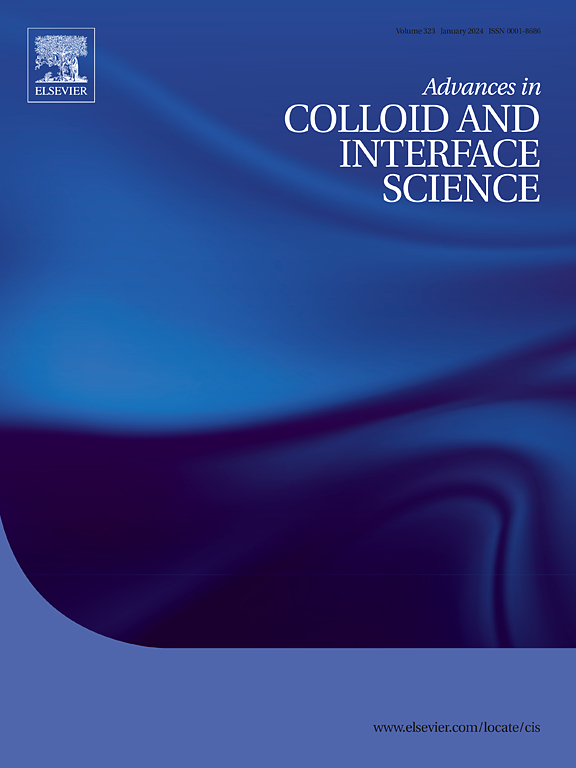Combining functionalities-nanoarchitectonics for combatting bacterial infection
IF 15.9
1区 化学
Q1 CHEMISTRY, PHYSICAL
引用次数: 0
Abstract
New antimicrobial and anti-inflammatory therapeutics are needed because of antibiotic resistance development and resulting complications such as inflammation, ultimately leading to septic shock. The antimicrobial effects of various nanoparticles (NPs) are currently attracting intensive research interest. Although various NPs display potent antimicrobial effects against strains resistant to conventional antibiotics, the therapeutic use of such materials is restricted by poor selectivity between bacteria and human cells, leading to adverse side effects. As a result, increasing research efforts during the last few years have focused on targeting NPs against bacteria and other components in the infection micro-environment. Examples of approaches explored include peptide-, protein- and nucleic acid–based NP coatings for bacterial membrane recognition, as well as NP conjugation with enzyme substrates or other moieties that respond to bacterial or other enzymes present in the infection micro-environment. In general, this study aims to add to the literature on the antimicrobial effects of nanomaterials by discussing surface modification strategies for targeting bacterial membranes and membrane components, as well as how such surface modifications can improve the antimicrobial effects of nanomaterials and simultaneously decrease toxicity towards human cells and tissues. In doing so, the biological effects observed are related throughout to the physico-chemical modes of action underlying such effects.

结合功能——对抗细菌感染的纳米结构。
由于抗生素耐药性的发展和由此引起的炎症等并发症,最终导致感染性休克,因此需要新的抗菌和抗炎疗法。各种纳米颗粒的抗菌作用是目前研究的热点。尽管各种NPs对耐常规抗生素的菌株显示出有效的抗菌作用,但由于细菌和人体细胞之间的选择性差,这些材料的治疗用途受到限制,导致不良副作用。因此,在过去几年中,越来越多的研究工作集中在靶向NPs对抗细菌和感染微环境中的其他成分上。所探索的方法包括用于细菌膜识别的基于肽、蛋白质和核酸的NP涂层,以及与酶底物或对感染微环境中存在的细菌或其他酶有反应的其他部分的NP偶联。总的来说,本研究旨在通过讨论针对细菌膜和膜组分的表面修饰策略,以及这种表面修饰如何提高纳米材料的抗菌效果,同时降低对人体细胞和组织的毒性,从而增加纳米材料抗菌作用的文献。在这样做时,观察到的生物效应与这种效应背后的物理化学作用模式完全相关。
本文章由计算机程序翻译,如有差异,请以英文原文为准。
求助全文
约1分钟内获得全文
求助全文
来源期刊
CiteScore
28.50
自引率
2.60%
发文量
175
审稿时长
31 days
期刊介绍:
"Advances in Colloid and Interface Science" is an international journal that focuses on experimental and theoretical developments in interfacial and colloidal phenomena. The journal covers a wide range of disciplines including biology, chemistry, physics, and technology.
The journal accepts review articles on any topic within the scope of colloid and interface science. These articles should provide an in-depth analysis of the subject matter, offering a critical review of the current state of the field. The author's informed opinion on the topic should also be included. The manuscript should compare and contrast ideas found in the reviewed literature and address the limitations of these ideas.
Typically, the articles published in this journal are written by recognized experts in the field.

 求助内容:
求助内容: 应助结果提醒方式:
应助结果提醒方式:


